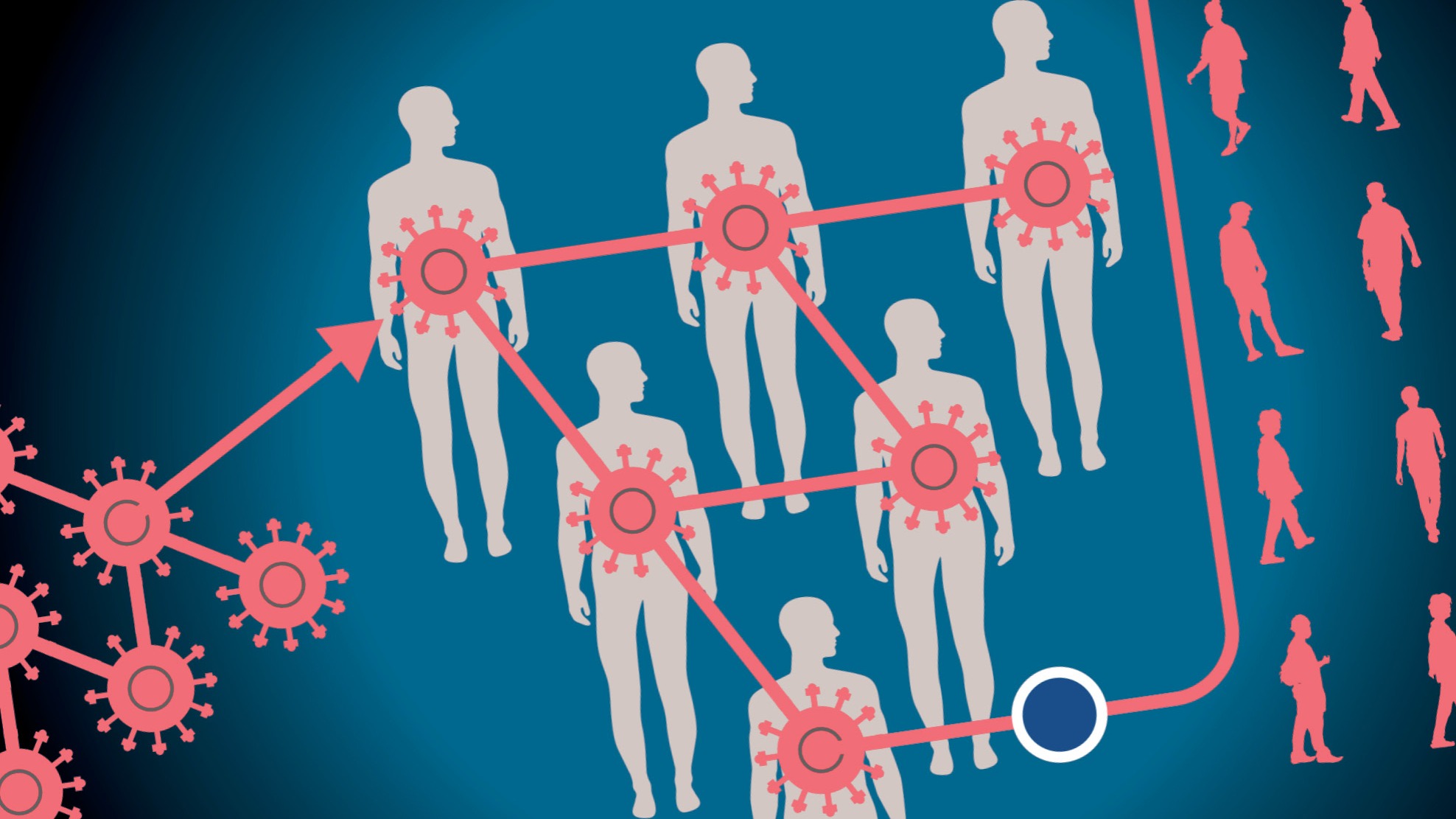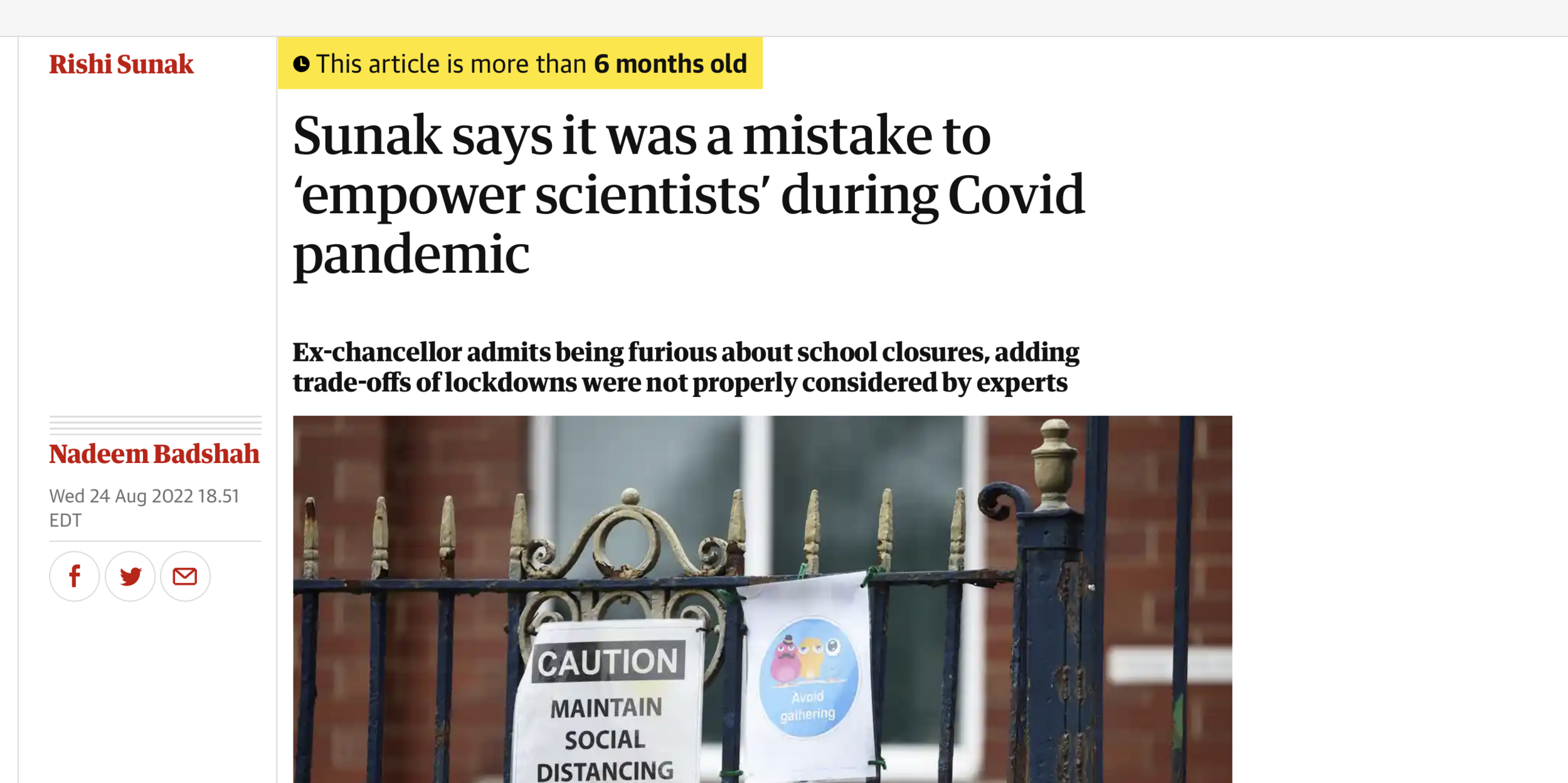Pandemic Modeling
and Ethics of Care
Carol Cuesta-Lazaro

IAIFI Fellow - Institute for Artificial Intelligence and Fundamental Interactions (MIT)


Medical Imaging
Agent Based simulations
Observed
Simulated
Cosmology
Astrophysics
Simulations
HPC
Scientific question
Statistics ML

The JUNE epidemiological model

June Dalziel Almeida

A virtual society

Viral transmission
How does an epidemic propagate through a population?
Why does it affect some sectors of the population more than others?
How do we best stop it?
The importance of complex models


- Abstraction (and avoiding biases!) can sometimes be difficult, due to caring for your the subjects of your research
- Trading speed for correctness when timeliness matters
- Communicating effectively is as important as doing the right work
What I learned from JUNE that I couldn't have learned from Astrophysics


Limited understanding
1. How the virus behaves
2. How effective are different preventive measures
3. What is the current state?
The challenges of complex detailed models

Find the model under which the data is most likely

There isn't one single model that explains reality
Uncertainty
Goal: Provide a tool for understanding the impact of operational interventions during the COVID-19 crisis in constrained and difficult operational contexts (e.g. Cox’s Bazar) based on data, alerts and evidence to aid in decision making

Adapting JUNE to refugee settlements
Cox's Bazar
-
Largest settlement in the world
-
In some areas, the settlement is denser than New York City (44,000 people estimated to be living per square kilometer)
-
High risk of COVID transmission




Scenario modelling
Challenges
Building a digital twin, data?
biases?
Monitoring: Infections, hosptilizations and deaths?
DATA
Access to health care?
Model assumptions and cultural differences
Need for more creative policies
POPULATION DIFFERENCES
deck
By carol cuesta
deck
- 458



